The old power band – Vikku Vinayakram, John McLaughlin, Zakir Hussain and L. Shankar. | Photo Credit: Special Arrangement
Though violinist L. Shankar and ghatam player Vikku Vinayakram were associated with the 1970s Indo-jazz band Shakti, their partnership goes back several decades, when they used to perform Carnatic concerts. “In 1973, when I was in New York, I launched the band ‘Turiyananda Music’ with legendary jazz guitarist John McLaughlin. Initially, Ramnad Raghavan played the mridangam, but since he was not very comfortable with the band’s music, Vikku Vinayakram, who had played a lot with me, stepped in. The combination of Zakir Hussain’s tabla and Vikkus’ ghatam was perfect,” says Shankar, who also uses the stage name ‘Shenkar’.
More than five decades later, the 74-year-old Shankar has formed a group that includes Vikku Vinayakram, his son Selvaganesh on kanjira, grandson Swaminathan Selvaganesh on miscellaneous percussion, and Fazal Qureshi on tabla.

Selvaganesh, L. Shankar, Vikku Vinayakram and Fazal Qureshi will perform at the Masters of Music show in Mumbai on June 16.
On June 16 at 8pm, the quintet will be performing at the ‘Aditya Birla Masters of Music Show’ at NCPA, Mumbai.
“We will be creating a medley of Shakti songs, which will include all the three of our albums released in the 1970s, besides Carnatic kritis and ragam-tanam-pallavi,” says Shankar, who now shuttles between south Goa and Los Angeles.
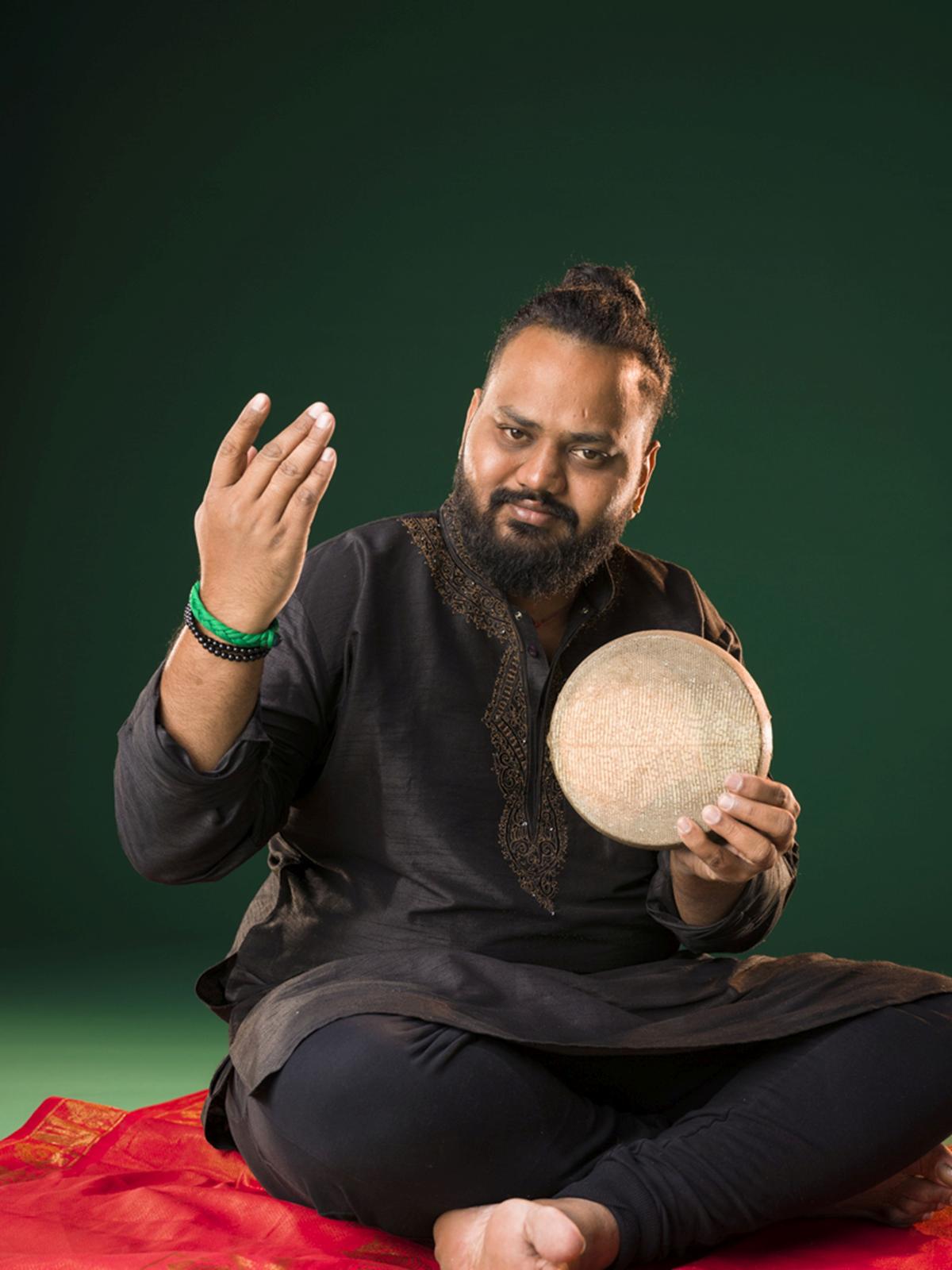
Swaminathan Selvaganesh | Photo Credit: Special Arrangement
The group has performed under different banners in Chennai and Goa. The shows come a year after the new power line-up of McLaughlin, Zakir Hussain, Selvaganesh, singer Shankar Mahadevan and violinist Ganesh Rajagopalan did an extensive golden jubilee tour of India, Europe and the US. The group also won a Grammy this year for the album ‘This Moment’. Did Shankar feel he was left out?
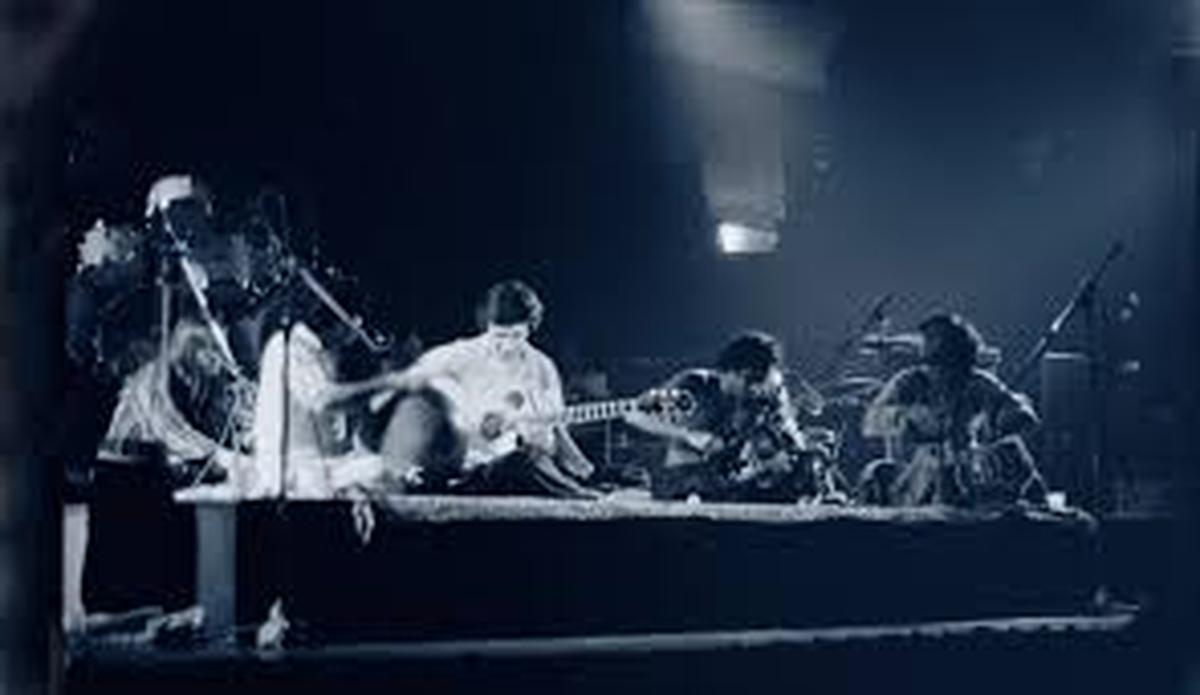
Old Shakti Band. | Photo Credit: Special Arrangement
Shankar says he was never asked to be part of the 50th anniversary celebrations. “It’s their decision. The truth is that Shakti means as much to me as it does to anyone else in the group,” he says.
Shankar, the son of violinist V. Lakshminarayanan and brother of noted composers L. Vaidyanathan and L. Subramaniam, learned Carnatic music from an early age. “My father was open-minded and introduced us to different genres. So apart from Hindustani music, we also learnt Western classical and jazz,” he recalls.
The original Shakti line-up released three albums in 1976 and 1977 – ‘Shakti with John McLaughlin’, ‘A Handful of Beauty’ and ‘Natural Elements’. The band is known for its eclectic blend of Carnatic and Hindustani music and jazz.
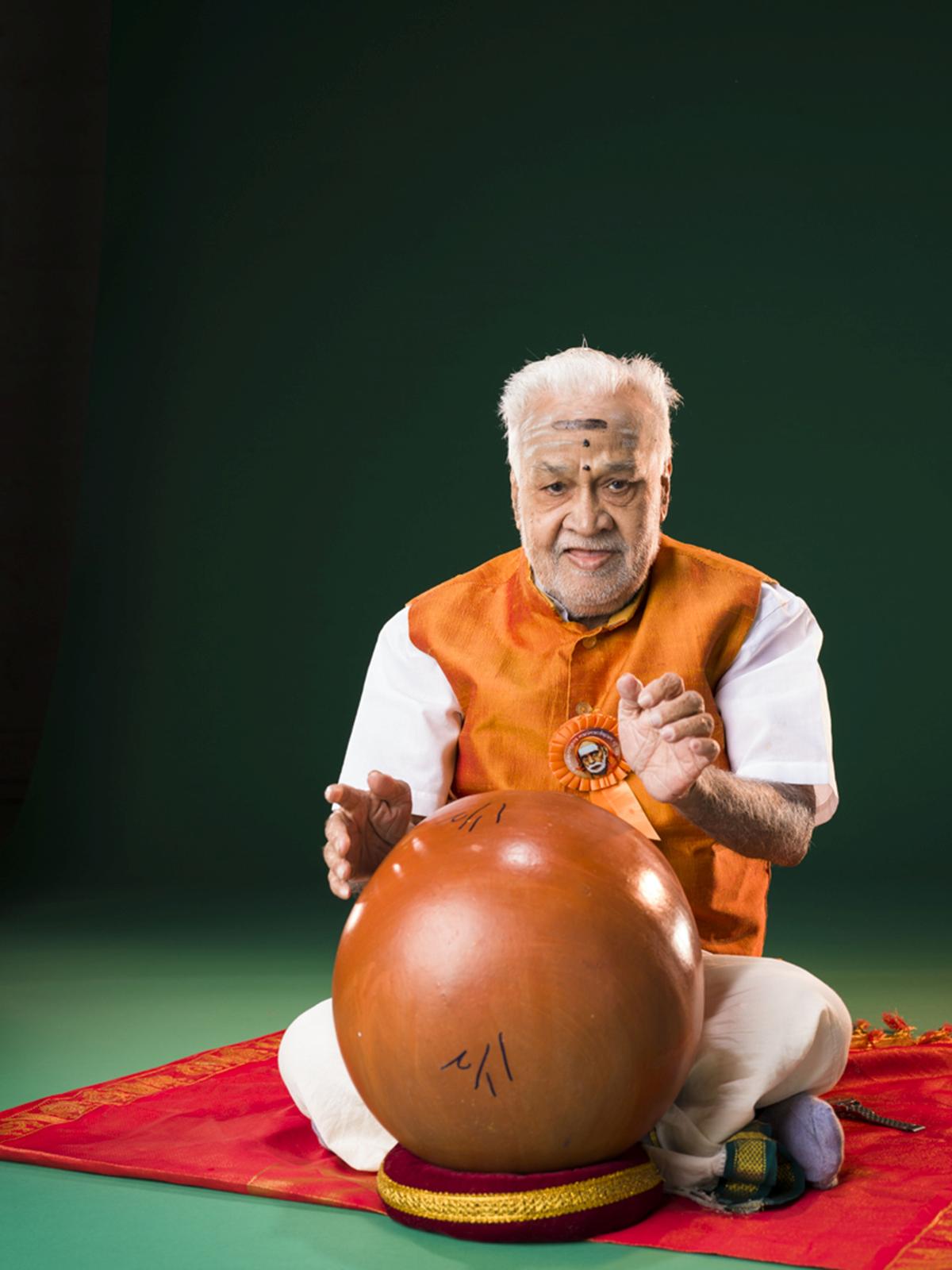
Ghatam player Vikku Vinayakram. | Photo courtesy: Special arrangement
“John and I would discuss the broad outlines of the compositions, and then write our parts. John would change some parts to suit the guitar, and I would create some parts keeping my violin in mind. Zakir and Vikku lived a block away in New York, and they would bring rhythm arrangements to us.”
Shakti toured extensively in the mid-1970s while its different members were involved in different projects. In 1978, Shankar signed with rock musician Frank Zappa’s label, and was required to play various string instruments such as violin, cello, viola and double bass. That’s when he decided to create a two-necked violin, which became known as the L. Shankar Double Violin.
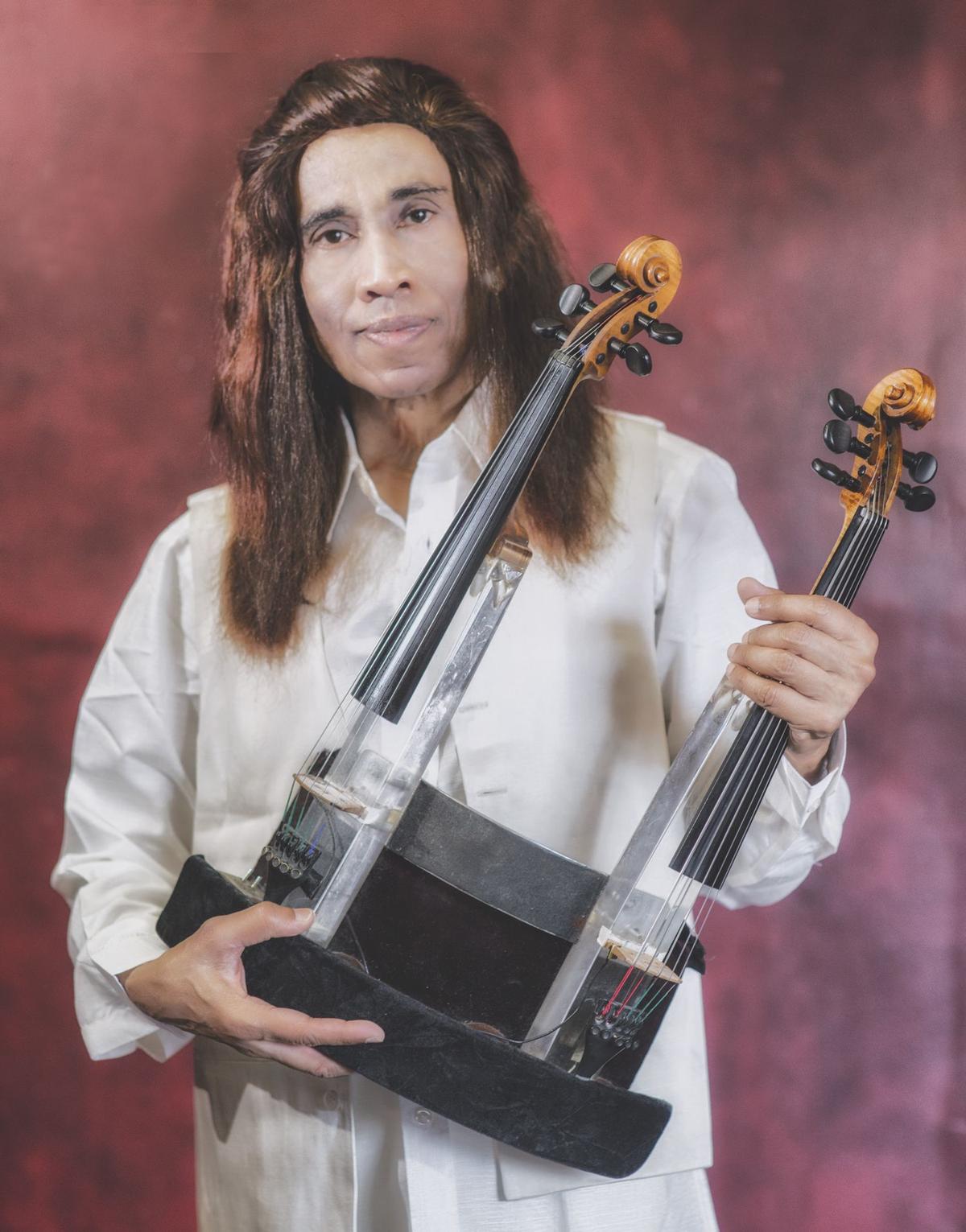
L. Shankar created a double-necked violin, later known as the L. Shankar Double Violin. | Photo Credit: Special Arrangement
Shankar says that since it was difficult to carry four instruments on a plane, he decided to put them all together. “I made a cardboard version with the double bass and cello on the lower neck and the violin and viola on the upper neck. I approached some guitar manufacturers like Gibson, who said it was not possible. But I insisted that it was possible.”
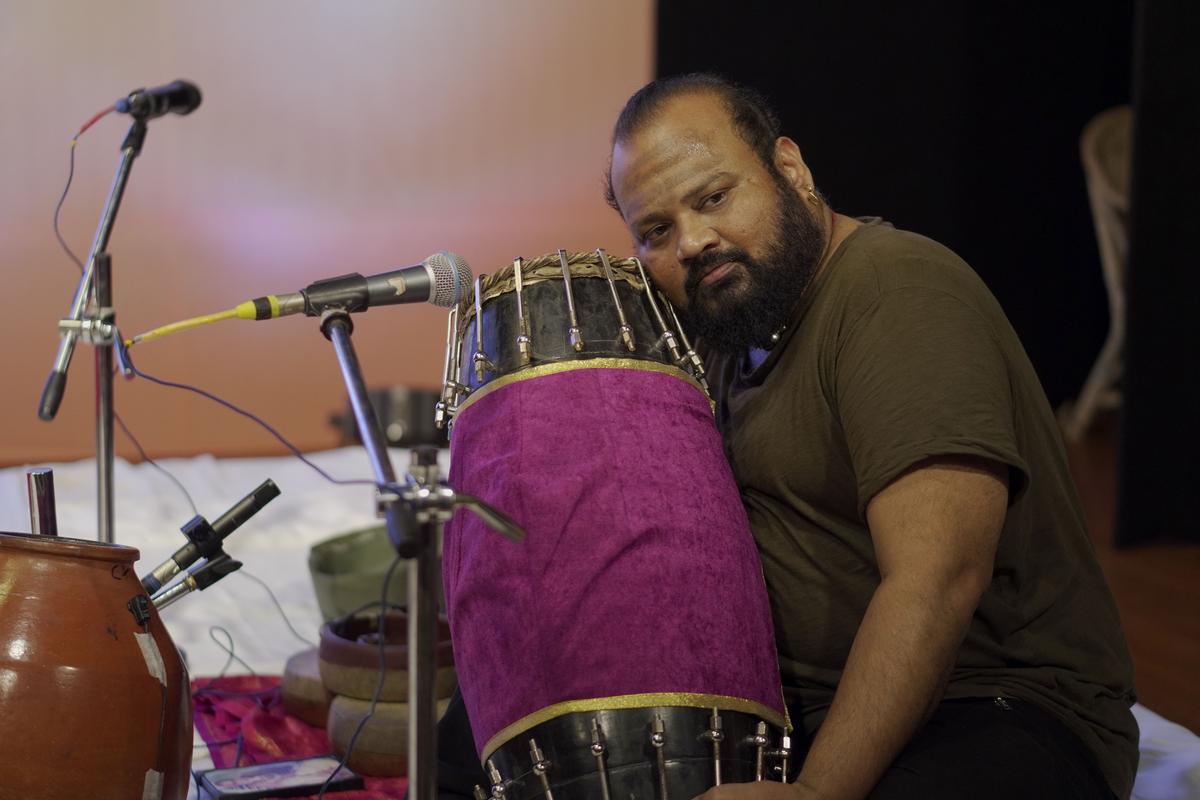
V. Selvaganesh | Photo Credit: Special Arrangement
The violinist then went to Stuyvesant Sound in New York, where owner Steve Stuyvesant introduced him to his best man, Ken Parker. “I drove him crazy until I was satisfied,” Shankar laughs. But even after the instrument was perfected, it took him at least two months to play it without any trouble and another two years to play it professionally. “I was working with a bigger instrument. While playing the lower neck, the bow would touch the upper neck, so I had to change my technique. I started getting chest pains but gradually it got better. Over the years, there have been more improvements to the double violin, including one by John Peterson and last year by John Jordan. I will be playing the new violin in Mumbai,” he says.
In addition to recording with Zappa’s label, Shankar also played on Phil Collins’ 1981 solo album Face Value. In 1982, Shakti decided to tour India, but after McLaughlin suffered a hand injury, fusion guitarist Larry Coryell replaced him. “I’m a great fan of Larry’s, but these pieces needed time to get ready, and unfortunately he didn’t have that luxury. Given the odds, he did a fantastic job.” Shakti returned for a successful tour with McLaughlin in 1984.
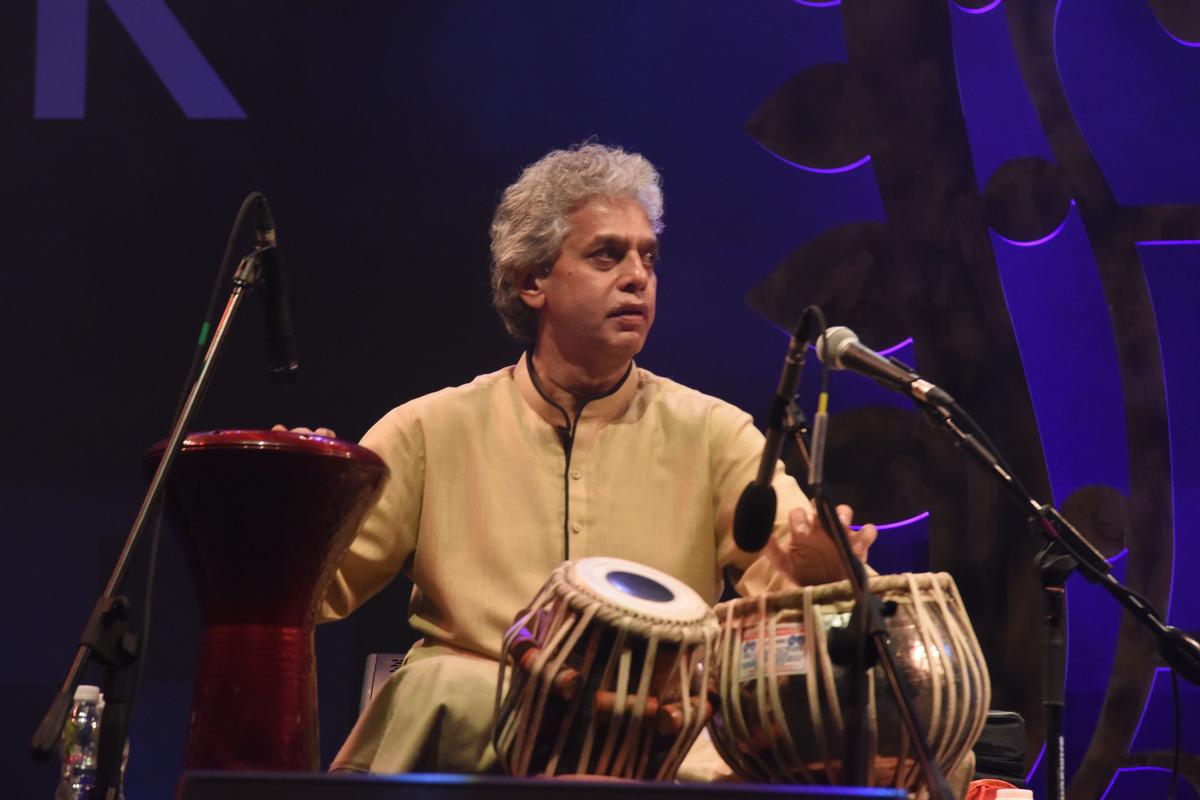
Tabla artist Fazal Qureshi. | Photo Credit: Special Arrangement
Shankar says the musicians got busy with other work after that. “I did several albums with ECM, a Munich label. Drummer Trilok Gurtu worked with me a lot in those days, and Brazilian percussionist Nana Vasconcelos joined us on some sessions. ECM chief Manfred Escher introduced me to Norwegian saxophonist Jan Garbarek, and we did some great work together.” These include ‘Vision’ with trumpeter Palle Mikkelborg and ‘Song for Everyone’ with Zakir Hussain and Trilok Gurtu.
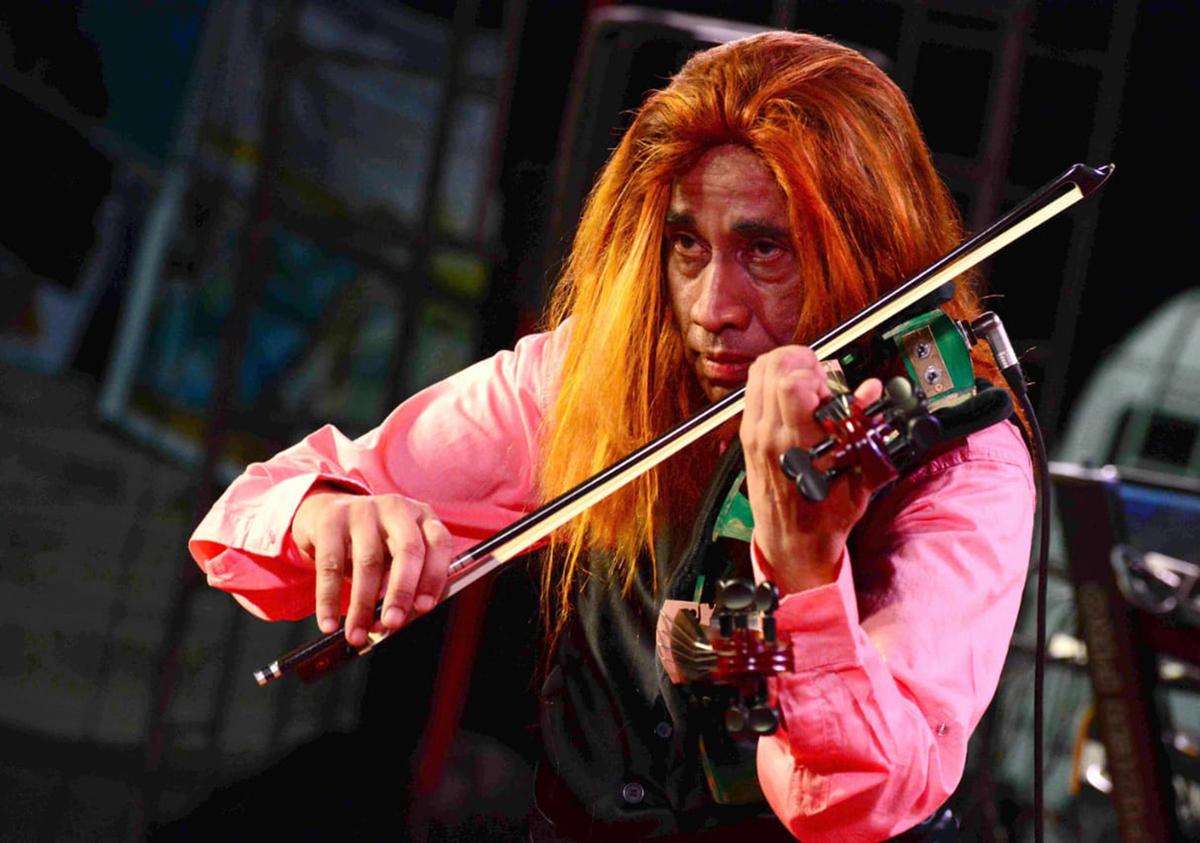
One of Shankar’s albums, ‘Raaga Abari’, was nominated for a Grammy in the Best World Music Album category in 1995. | Photo Credit: Special Arrangement
Projects with composer Peter Gabriel, producer Bill Laswell and pop-rock group The Epidemics helped Shankar reach new audiences. In the 1990s, he recorded several Carnatic albums, often featuring Zakir Hussain and Vikku Vinayakram. The album ‘Raga Abari’ was nominated for a Grammy in the Best World Music Album category in 1995. His last album was ‘Christmas from India’, specially commissioned by US-based Cleopatra Records. “I did two albums with them. The first was a progressive rock album ‘Chepleri Dream’. Then they wanted a Christmas album with world music elements, so I used some sitar and santoor in addition to my violin. I also composed two songs,” says Shankar.
The violinist is now eagerly looking forward to his Mumbai show, while plans are being made to perform in other cities. “I approach every show as if it’s my first. Whether I’m performing in front of 10 people or 10,000 people, the energy is the same.” Shankar says a musician is like an Olympic athlete who has to stay fit before every show. Given that he still spends most of his day with music and conducts intensive masterclasses in South Goa, it seems there is no stopping him.